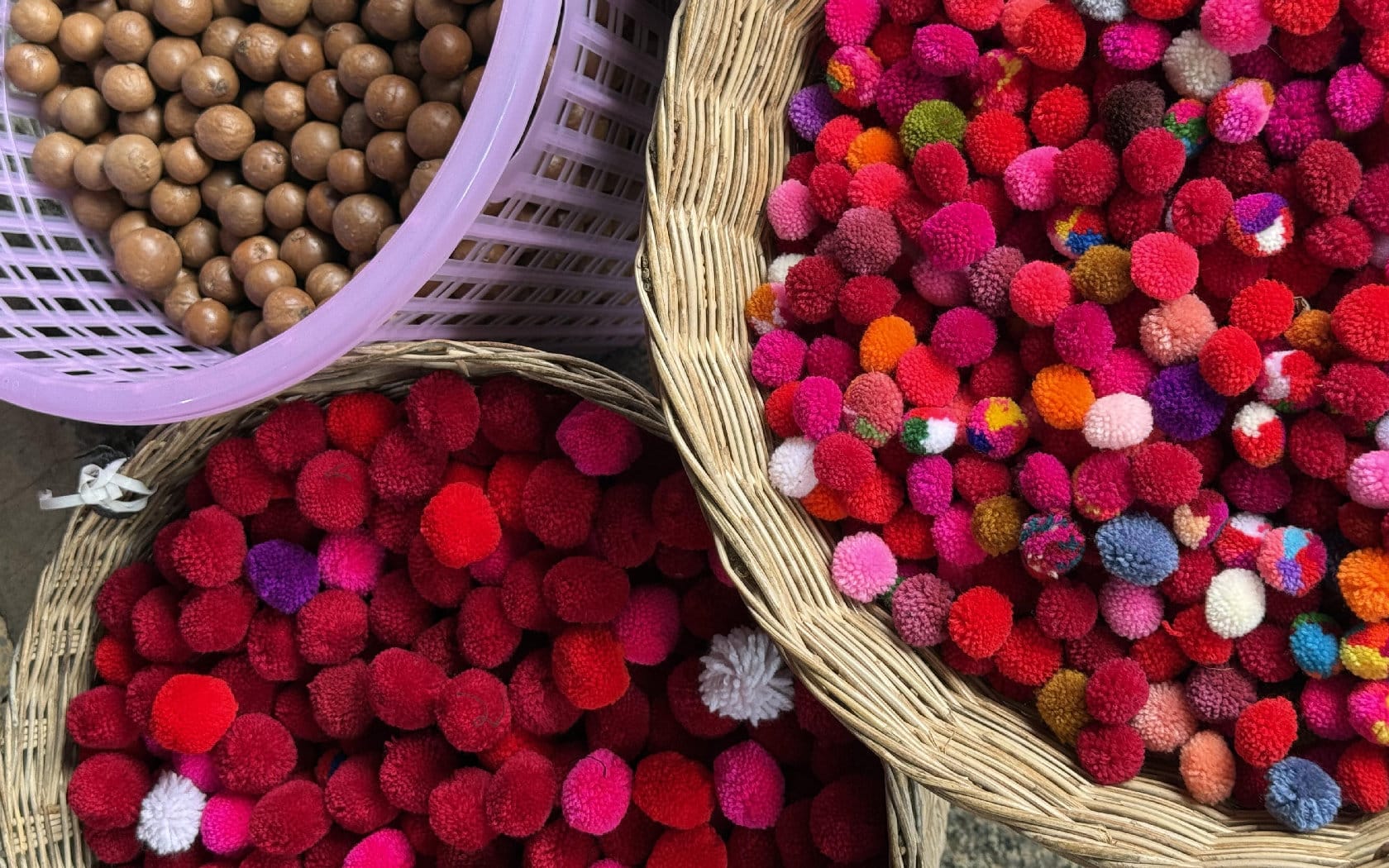
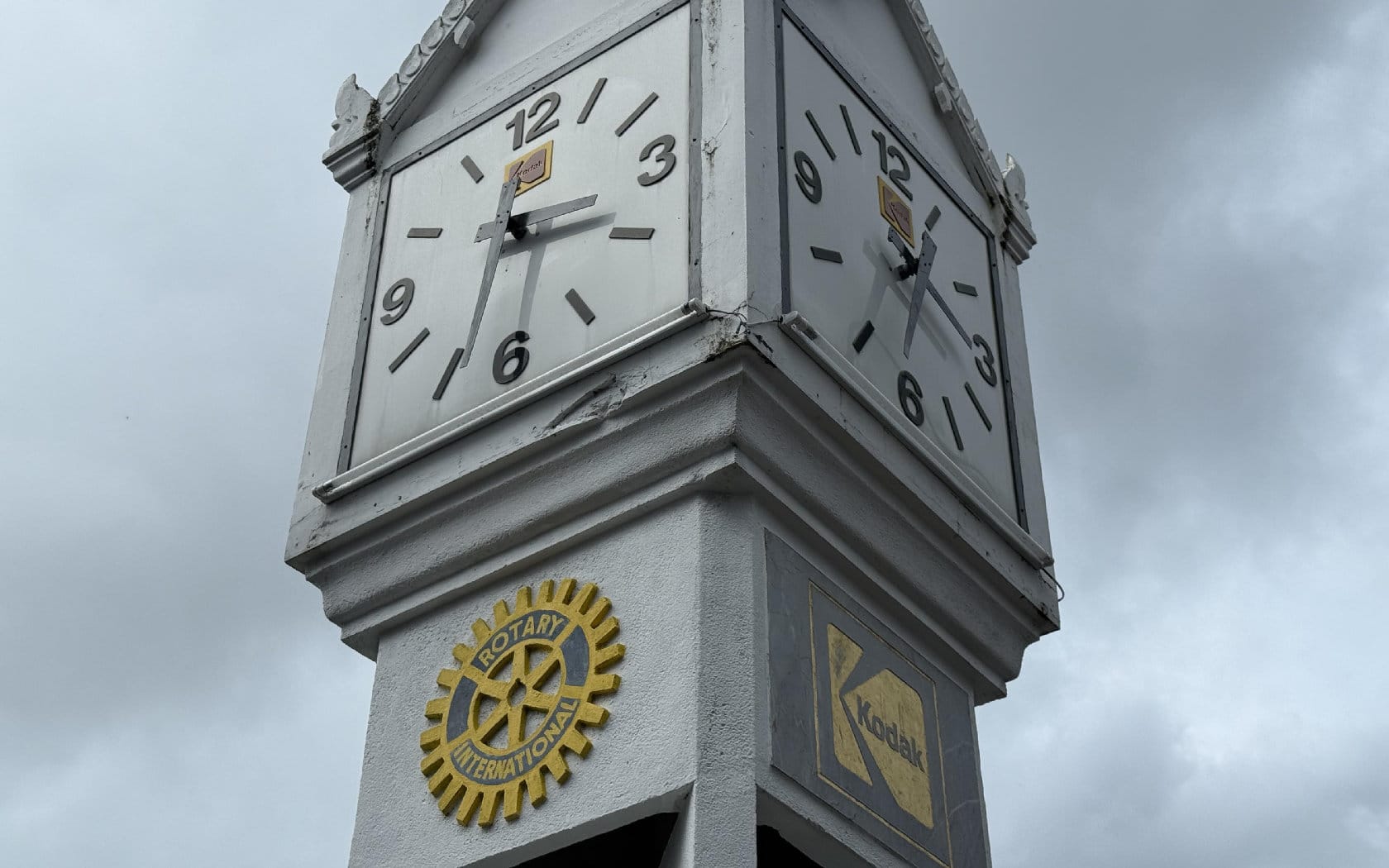
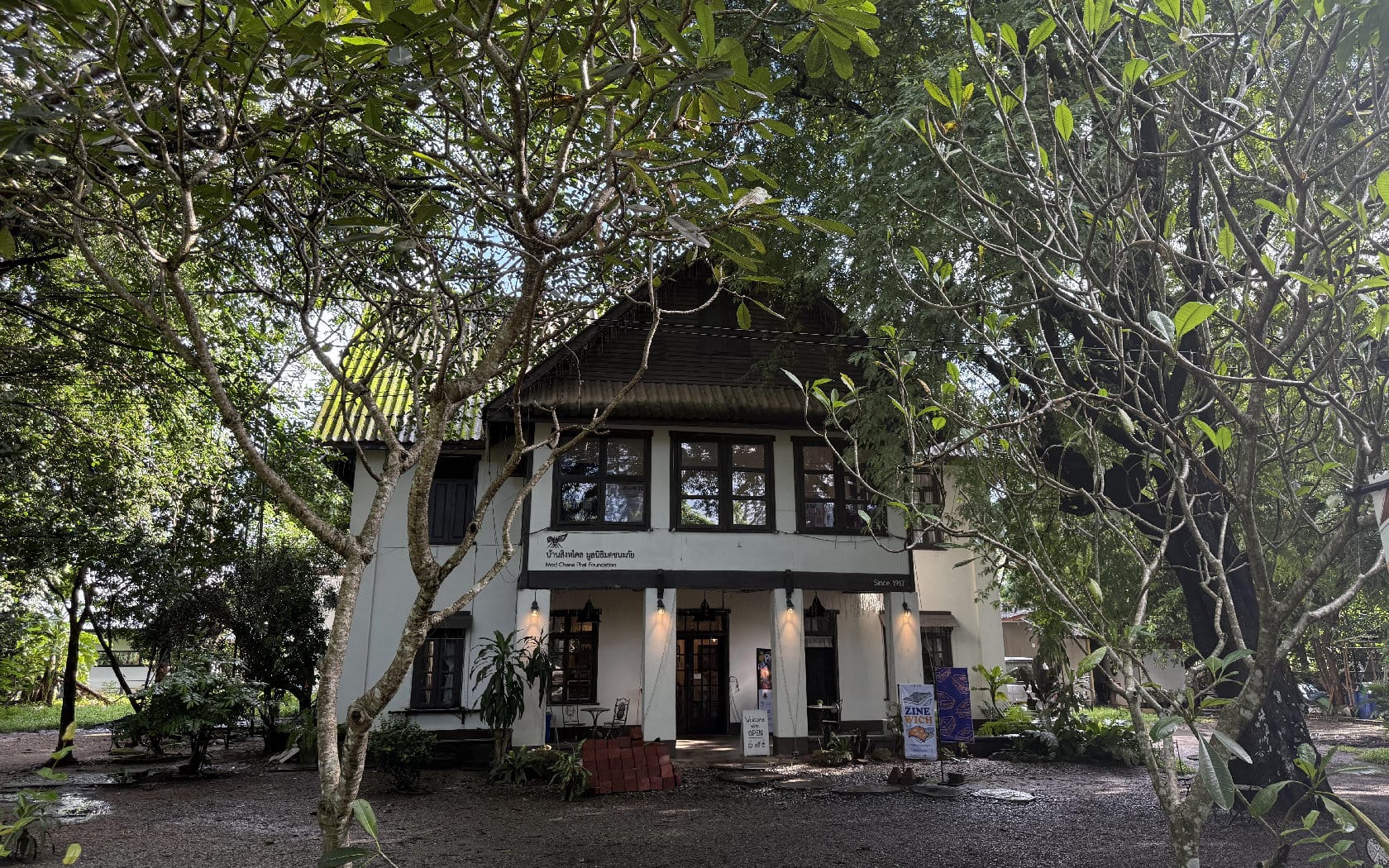
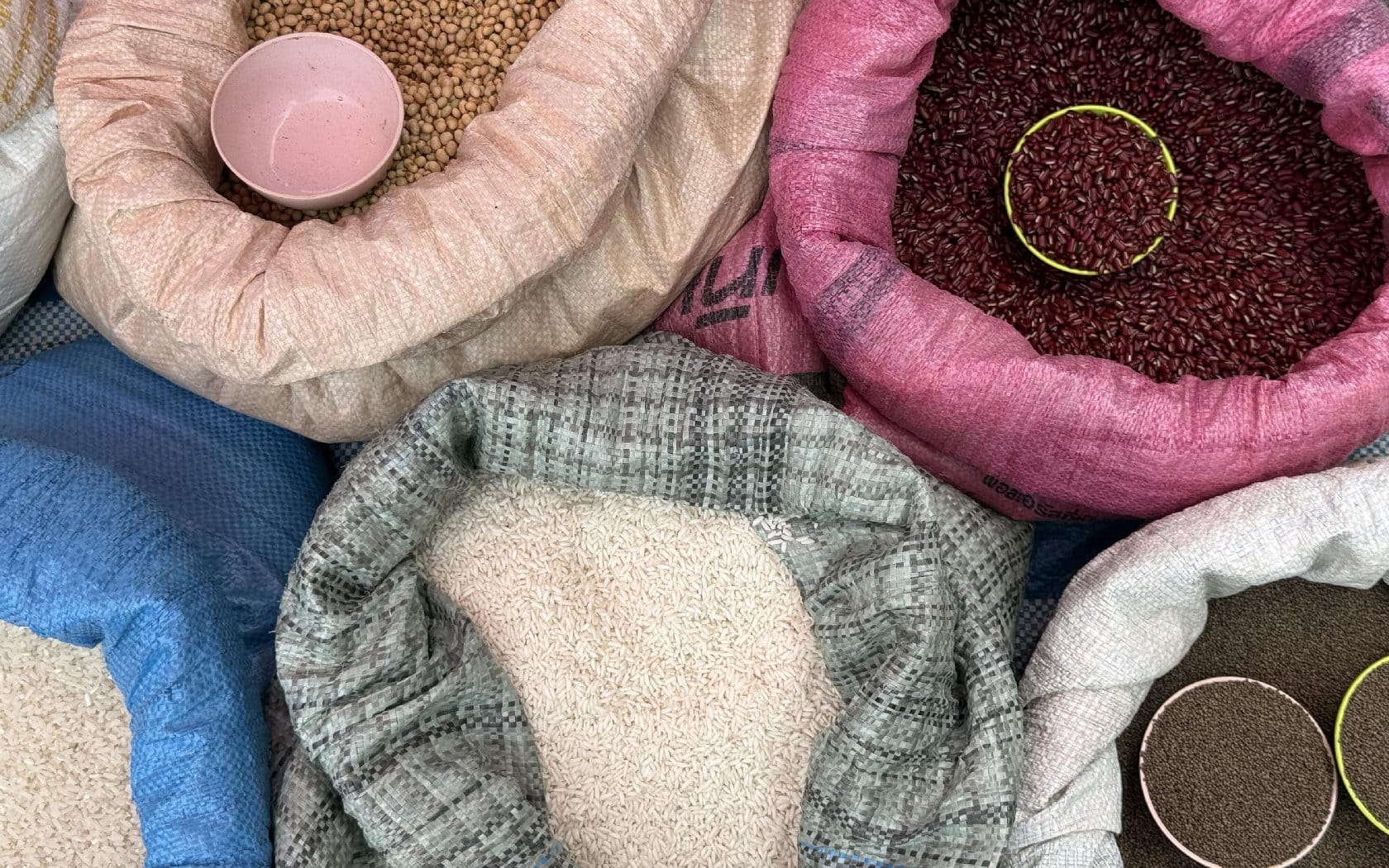
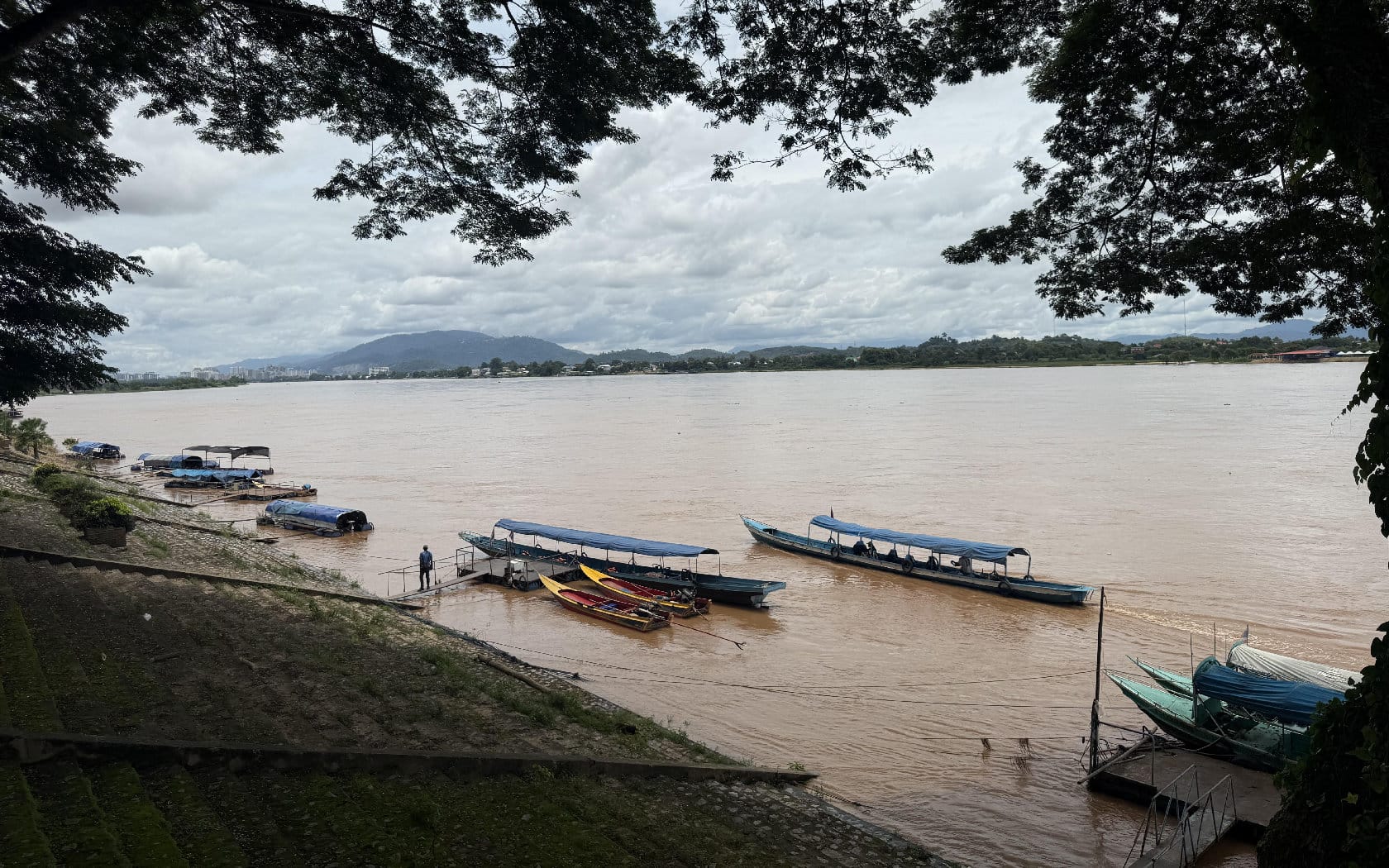
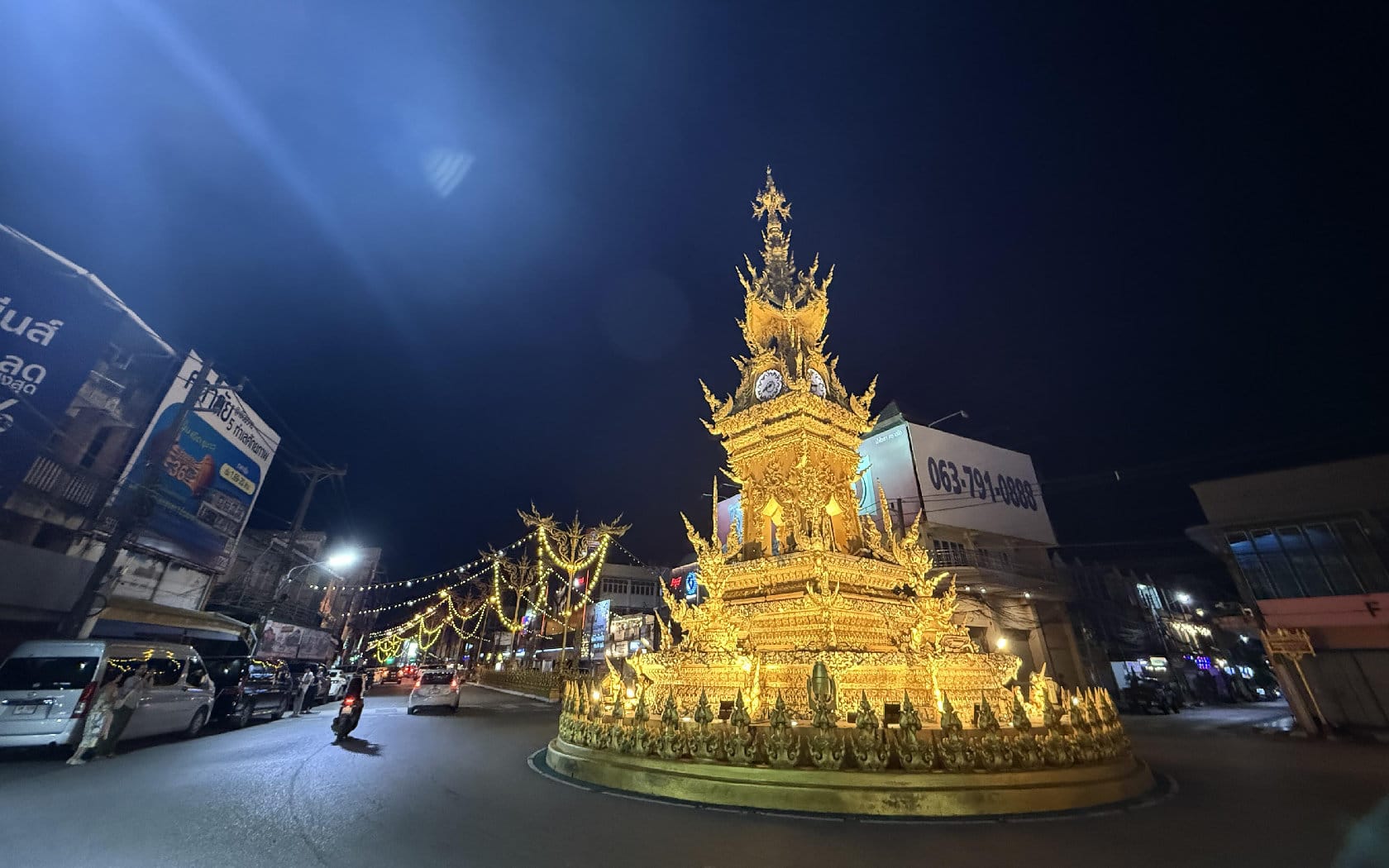

chiang
rai
WABU will guide you through two memorable trips full of heart, history, and hidden jewels in just over 4 kilometers and a little more than an hour of walking. Whether it’s your first visit or your fifth, these routes through Chiang Rai and Chiang Saen will keep you going back for more.
Art and Life Route
Wander around Chiang Rai’s lovely old quarter, where history and the contemporary coexist. Admire a patchwork of architectural styles that have evolved. Discover local wisdom through the cuisines and crafts at Kad Luang Market. Visit sacred temples that are treasured by the locals. Stroll through a green tunnel of trees to find a hidden art gallery inside a century-old wooden house. Every step along the route weaves art, daily life, and community spirit.
Old Town Chiang Saen Route
Step inside the story of one of Thailand’s oldest cities, lying in the middle of the Golden Triangle along the Mekong River, which connects Myanmar and Laos. Discover historical ruins and cultural landmarks. Experience the influence of various cultures and faiths. Be greeted by the warm smiles and traditions of Chiang Saen’s friendly residents. Chiang Saen is more than just a place; it is a living legacy waiting to be discovered.
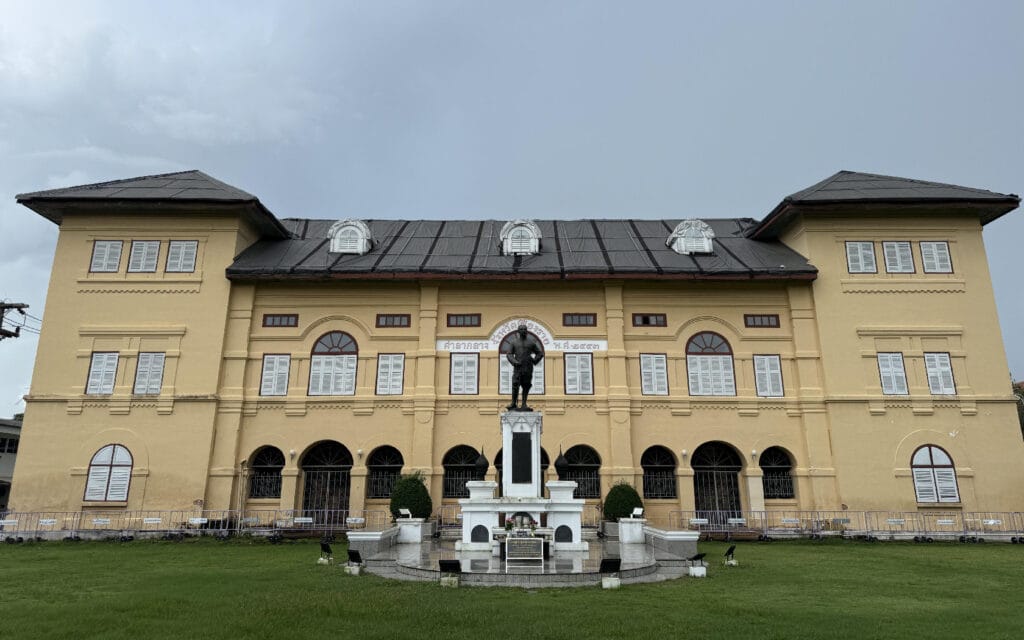
Chiang Rai - Art and Life Route
A little mountain town steeped in art, culture, and lifestyle, shaped by diverse ethnic backgrounds. Chiang Rai invites visitors with its simple yet lovely way of life, ancient temples, and timeless architecture—all blending seamlessly with the natural surroundings. In the heart of the Old Town, WABU teams up with local insiders to curate a walking route that reveals Chiang Rai in all its depth: a broader perspective filled with fine details. Take your time. Savor the slow, soulful rhythm of Chiang Rai—and discover its quiet, quirky charm one step at a time.
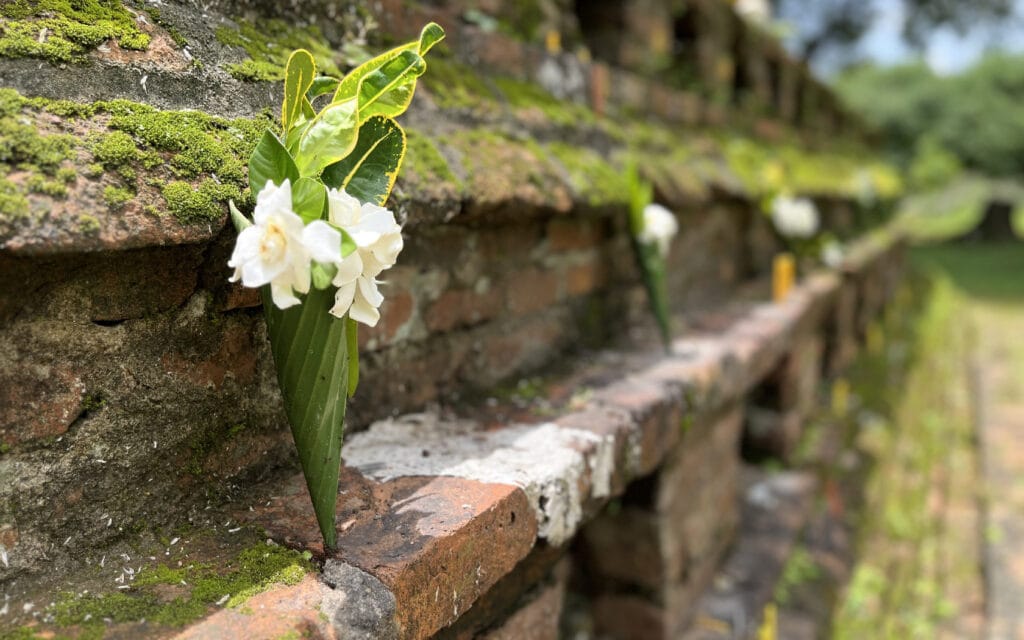
Chiang Rai -Old Town Chiang Saen
This route takes you to a town that’s neither too big nor too small—but just right to warm your heart every time you arrive. Chiang Saen is one of northern Thailand’s oldest cities, rich in history and once the proud capital of the Lanna Kingdom. Here, the past lingers beautifully in the ancient city layout, sacred ruins, historic architecture, and treasured artifacts—all telling stories of a once-glorious civilization. Set along the Mekong River at the very edge of Thailand, where the country meets Laos, Chiang Saen is more than a historical site—it’s a vibrant crossroads of cultures and travelers. Though centuries have passed, the town remains alive with charm and character. Walk its streets, feel its rhythm, and you’ll see why Chiang Saen is a living legacy that continues to captivate every soul who visits.
